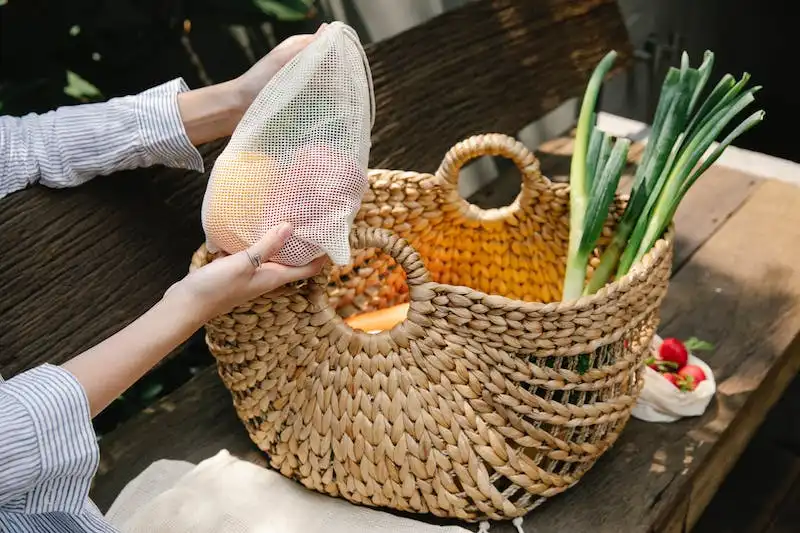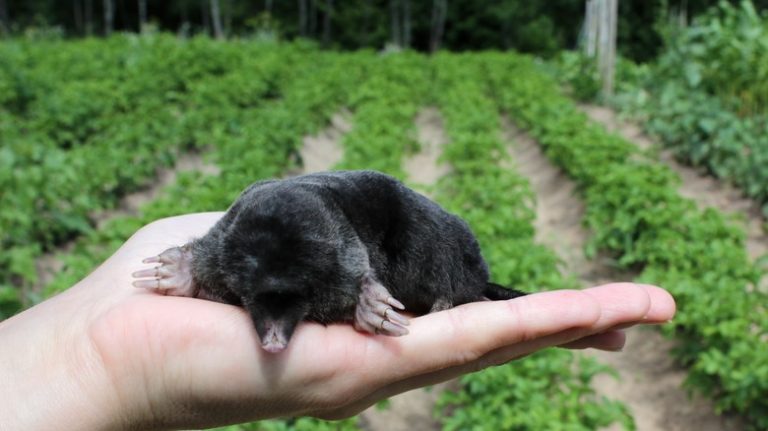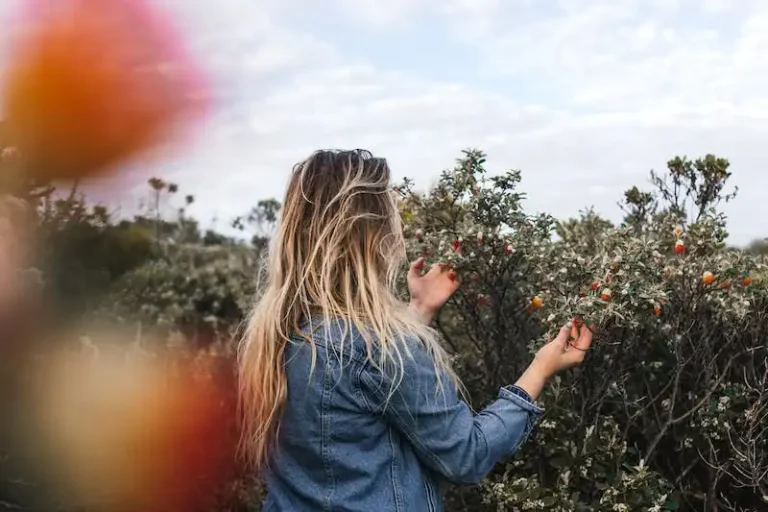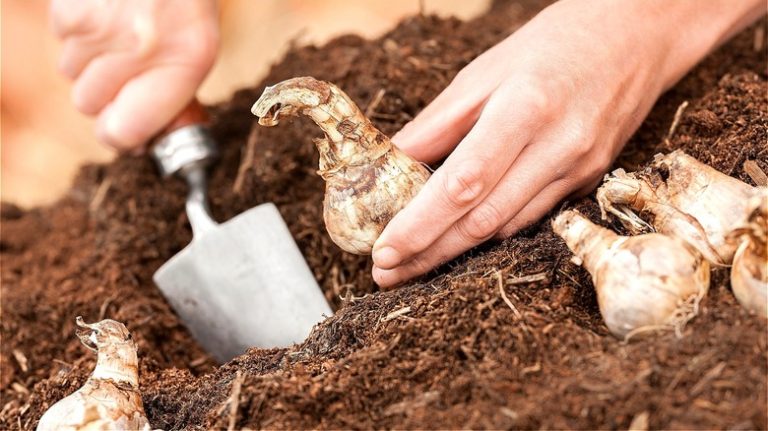When it comes to planting and collection, foxgloves are especially noteworthy. With their stand-alone beauty, they are a must-have in any garden. Harvesting and saving foxglove seeds is a valuable skill that every gardener should learn, as it allows you to maintain a steady supply of these stunning flowers for years to come.
Foxgloves, with their thick stalks and foxy blossoms, are part of the digitalis family and are second only to roses in terms of popularity. Harvesting foxglove seeds is a simple process, but it requires some early planning and resources. In most cases, foxglove is a biennial plant, meaning it will flower and produce seeds in its second year.
To harvest foxglove seeds, wait until the flowers have wilted and the seed pods have started to dry out. Carefully remove the seed heads from the stalks and place them in a dry paper bag. Allow the seed heads to dry completely for a few weeks before gently shaking them to release the seeds.
It’s important to note that foxglove seeds are very small and lightweight, so be careful not to spill them. To make harvesting easier, you can place a piece of white paper or a tray underneath the seed heads to catch any seeds that may fall. Once you have collected the seeds, store them in a cool, dry place until you are ready to plant them.
When it comes time to plant the foxglove seeds, choose a location in your garden that receives full or partial sunlight. Foxgloves prefer a mix of sun and shade. Prepare the soil by adding organic matter, such as compost, to improve drainage. Sow the seeds on the surface of the soil and lightly press them into the ground. Water the seeds gently and keep the soil moist until the seedlings emerge, which usually takes about two weeks.
Foxgloves are fast growers, and within a few months, you’ll have vibrant spires of colorful flowers gracing your garden. They can also self-seed, meaning they will come back year after year with minimal effort on your part. However, if you want to maintain a specific color or variety, it is best to harvest and save the seeds from your desired plants.
Whether you’re a seasoned gardener or just starting out, learning how to harvest and save foxglove seeds is a valuable skill to have. These beautiful flowers will add a touch of elegance and charm to any garden, and with the right techniques, you can enjoy their beauty for years to come.
Foxglove Seed Mix
If you are wondering what to do with your foxglove seeds, a great option is to create a beautiful and colorful foxglove seed mix. This mix will add a vibrant touch to your gardens and provide a stunning backdrop for your other flowers.
To begin, collect the seeds from your foxglove plants. The seeds are tiny and can be found within the flowering spikes of the plant. Carefully remove the seed pods and place them in a dry container. You can store the pods until you are ready to plant.
When you are about to start planting, about two to three weeks before the last frost, it is helpful to stratify the seeds. This is a process that mimics the natural cycle of the seeds and helps break their dormancy.
For the foxglove seed mix, you can include different varieties of foxglove seeds, such as Digitalis purpurea, foxy, gloxiniaeflora, and plainstexas. This will give your mix a range of colors, from pink and lavender to purple and white.
Prepare the soil where you plan to sow the seeds by amending it with compost or sand to help with drainage. Foxglove prefers a shady location, so choose the shadiest spot in your garden for the best results.
Once the soil is ready, scatter the foxglove seeds over the surface and lightly press them into the soil. Cover them with a thin layer of soil or sand to protect them.
Water the area gently to keep the soil moist, but be careful not to overwater. Within a few weeks, you should start to see the first tiny foxglove seedlings emerging from the soil.
Maintain the seedlings by keeping the soil consistently moist and removing any competing grass or weeds. As the foxglove plants grow, thin them out to give each plant enough space to develop fully.
After a year or two, your foxglove seed mix will enter its flowering stage. Enjoy the beauty of the foxglove flowers in full bloom, but remember that foxglove is poisonous, so handle them carefully.
Once the flowering is over, you can collect the seeds from your foxglove plants to grow more in the future. Store the seeds in a cool, dry place until you are ready to sow them again.
With a foxglove seed mix, you can have a garden filled with the pretty and colorful flowers of these stunning biennial plants. They will be a reliable addition to your home garden and will attract bees and other pollinators.
For a photo gallery of foxglove seed mix and helpful tips on how to grow them, check out our website.
Reliable biennial
Foxglove, a reliable biennial plant, is a beautiful addition to any garden. With its tall spires and striking bell-shaped flowers, it adds a touch of elegance to any spot. Foxgloves are easy to grow and maintain, making them a popular choice among gardeners.
What makes foxgloves particularly special is their ability to self-seed. After the flowers bloom and fade away, the seed pods begin to form. These pods eventually spill open, revealing tiny seeds that can be harvested and saved for future planting.
When the plants have finished blooming and the seed pods start to turn brown, it is time to harvest the seeds. You can simply remove the pods from the stalk and place them in a paper bag. Alternatively, you can cut the stalk and hang it upside down in a cool, dry place to allow the seeds to naturally fall out.
Once the seeds have been collected, it is important to store them properly. You can mix the seeds with sand to help distribute them evenly. Place the seed-sand mixture in a sealed container and store it in a cool, dark place until you are ready to plant.
When planting foxglove seeds, it is best to target a spot in your garden that receives full or partial shade. Foxgloves prefer cooler temperatures and thrive in shadier areas. The soil should be rich and well-drained, so amend it with compost or other organic matter prior to planting.
To begin planting, scatter the seeds onto the soil surface and lightly press them down. Water the area gently to help settle the seeds. Foxglove seeds typically germinate in two to three weeks, so be patient. Once they begin to grow, foxgloves require minimal care. Keep the soil moist but not waterlogged, and remove any weeds that may compete for nutrients.
A helpful tip to remember is that foxgloves are a target for rabbits. If you have rabbits in your garden, consider protecting your plants to ensure they don’t become a snack for these furry friends.
In conclusion, foxglove is a reliable biennial plant that can add beauty and elegance to your garden. With their single or double spires of bell-shaped flowers, they’re a fast favorite among gardeners. By learning how to harvest and save foxglove seeds, you can ensure the continued growth and beauty of these stunning plants in your own garden.
Very happy customer
One of our very happy customers shared their experience with our foxglove seeds. They were delighted with the stunning array of colors that the seeds produced. From apricot and pink to purple and lavender, the flowers bloomed in a variety of shades. The customer mentioned that the Excelsior variety, with its compact and foxy beauty, was especially striking.
The customer found our seeds to be very helpful for their gardening needs. The plants grew in the shadiest spots of their garden, and the foxglove seeds were easy to plant and care for. They mentioned that the plants were able to thrive even in hot Texas summers, with temperatures reaching up to 100 degrees Fahrenheit (37 degrees Celsius).
The customer was also impressed with the variety of foxglove plants that the seeds produced. From the tall and majestic alba variety to the smaller and more vibrant Excelsior plants, there was something for every garden. They especially enjoyed the presence of purple and pink foxgloves, which added a colorful background to their flower beds.
Another feature that the customer found helpful was the biennial nature of the foxglove plants. After the first year of growth, the plants produced a stand-alone stalk that revealed striking blossoms. The seeds could be easily collected from these flowers for future planting cycles.
Not only were the foxglove flowers a beautiful addition to the garden, but they also served a practical purpose. The customer mentioned that the flowers attracted pollinators, such as bees and butterflies, which helped in the overall growth and health of their garden. They also mentioned that the flowers were a food source for these pollinators.
In terms of harvesting and saving the foxglove seeds, the customer found the process to be straightforward. They allowed the flowers to wilt on the stalk until the seeds themselves were visible. The customer then carefully collected the seeds and stored them in a cool, dry place until they were ready for planting.
Overall, the customer had a very positive experience with our foxglove seeds. They were impressed with the range of colors, the helpfulness of the plants, and the ease of harvesting and saving the seeds. They highly recommended our seeds to others who are looking to add a touch of beauty and color to their garden.
I love foxgloves
Foxgloves, also known by their Latin name Digitalis, are beautiful flowering plants that grow in a variety of colors such as purple, pink, and white. Originating from the plains of Texas, these biennial herbs are a favorite among gardeners for their striking blossoms and easy maintenance.
One of the best things about foxgloves is that they can thrive in both sunlight and shade, making them a reliable choice for any spot in your garden. Whether you place them in a sunny flower bed or in a shadiest corner of your yard, these plants will happily grow and add beauty to your space.
Not only are foxgloves visually appealing, but they also serve a helpful purpose in your garden. The flowers are a favorite among bees and other pollinators, providing them with a source of food. The thick, colorful blossoms make a beautiful addition to floral arrangements, adding a touch of elegance to any bouquet or vase.
When it comes to harvesting foxglove seeds, it’s important to be careful, as the plant is poisonous if ingested. To harvest the seeds, wait for the flowers to wilt and the seed pods to turn brown. Carefully remove the pods from the plant and place them in a dry, well-ventilated area to finish ripening. Once the pods are completely dry, gently open them to reveal the tiny seeds inside. Save the seeds in a cool, dark place to ensure their freshness.
If you’re unsure how to incorporate foxgloves into your garden, a mix of different colors, such as the purple Purpurea, the pink Excelsior, and the white Alba, can create a visually striking display. Planting them in clusters or along a border can also add a touch of elegance.
Whether you’re a seasoned gardener or new to the world of gardening, foxgloves are a must-have in any flower bed. Their vibrant blooms and ease of maintenance make them a top choice for many. So, if you love foxgloves as much as I do, make sure to add them to your garden and enjoy their beauty for weeks to come.
How to Harvest and Save Foxglove Seeds
Foxgloves (Digitalis purpurea and Digitalis purpurea alba) are flowering plants that are easy to grow and maintain. They come in a variety of colors, from vibrant pinks to creamy whites. These beautiful plants can add an elegant touch to any garden.
When the foxgloves are in full bloom, you can start collecting their seeds. Look for flower stalks that have started to dry out and have turned brown. Left alone, the flowers will eventually release their seeds onto the ground, but by collecting them yourself, you have more control over where they are planted.
First, gently remove the seed pods from the spires. The pods will be dry and filled with tiny, dark brown seeds. You can easily release the seeds by gently pressing the pods between your fingers and letting the seeds fall into a collection container.
Once you have collected the seeds, you can store them for future planting. It’s best to store them in a cool, dark place, preferably in temperatures below 20 degrees Celsius. You can store them in a small envelope or a glass jar with a tight-fitting lid.
When planting the foxglove seeds, keep in mind that they are biennial plants, which means they have a two-year growth cycle. In the first year, they will grow foliage, and in the second year, they will bloom. To ensure a successful growing cycle, you may need to stratify the seeds before planting them. This can be done by placing the seeds in a moist paper towel inside a plastic bag and keeping them in the refrigerator for a few weeks.
Foxgloves thrive in the shadiest parts of the garden and are very reliable plants. They are not only popular for their colorful blooms but also for their medicinal properties. Foxglove leaves contain chemicals that are used to treat heart conditions, making them a valuable addition to your herb garden.
To encourage the growth of foxglove seedlings, amend the soil with organic matter before planting. This will help provide the necessary nutrients for the young plants to thrive. Keep the soil moist but not waterlogged, as foxgloves prefer well-draining soil.
It’s worth noting that foxgloves are toxic to humans and animals, particularly rabbits. To prevent accidental ingestion, it’s important to educate yourself and those around you about the dangers of these plants.
In conclusion, learning how to harvest and save foxglove seeds allows you to enjoy their beauty for years to come. Whether you plant them in your flower beds, herb gardens, or even containers, foxgloves are sure to add a touch of elegance and color.




